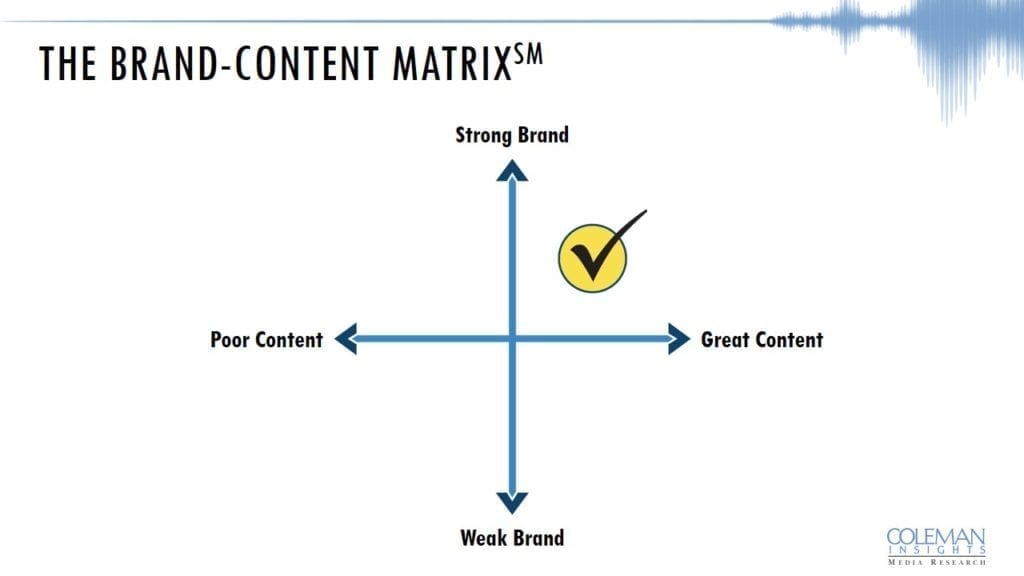
I follow JetBlue on Facebook, and recently I happened upon a post in which the company touted its partnership with American Airlines. The post was cheerful and positive about its service, as you would expect the tone of most company posts to be. But the comments in that thread, a few of which I’ll share in this blog, told a completely different story—a red flag brand warning to JetBlue.
Last July, JetBlue and American Airlines announced a partnership called the Northeast Alliance. It allows loyal customers of each airline to book seats on the other, opening up more destinations (especially from New York and Boston) while earning reciprocal elite benefits. The United States Department of Justice sued the airlines in September to block the alliance, claiming it violates anti-trust laws. But this blog isn’t about the legality of the partnership, it’s about the potential long-term brand implications of it.
When Alaska Airlines bought Virgin America in 2016, it made logistical sense from a service standpoint, just as the JetBlue-American partnership does. In both cases, the combination of each airline allowed the filling in of many routes the other didn’t serve. But the Alaska-Virgin America merger made sense from a brand standpoint. I even wrote about it in Tuesdays With Coleman in 2018.
In that blog, you’ll notice Alaska and Virgin America were both top-rated airlines, as usual. It also explains how Alaska adopted some of the things customers loved about Virgin America, like mood lighting, high-speed Wi-Fi and free TV and movies. Virgin America’s transition into Alaska Airlines worked relatively seamlessly not just because their routes were in sync, but because their brand was.
In that 2018 ranking of best and worst airlines, JetBlue was #4, while American Airlines was #9. No matter which survey you read, year after year, you’re likely to find American scraping the bottom. Just a few weeks ago, Wall Street Journal named American the worst airline. It has been last or next to last in WSJ’s rankings in 12 of the 13 years they’ve done the survey. Ouch.
Contrast this with JetBlue, long a darling of the industry and generally beloved by its customers. Its doting attention to its brand has been featured in various publications, as in this interview with the airline’s VP of Marketing.
What happens when you combine a negatively perceived brand with a positively perceived one? Just read some of the comments under that JetBlue Facebook post I mentioned at the top of the blog, like:
“I love JetBlue, but cant(sic) believe you partnered with American. They are an embarrassment to the airline industry.”

Other comments include “Sorry Jet Blue. If I wanted to fly on American, I would book on American. Horrible airline.” and “Jetblue the best airlines (sic) in the US has teamed up with the WORST airline on the planet.”
Pretty passionate feedback.
Last week, the Wall Street Journal released its latest rankings, and uh-oh.
The headline: “This is the worst airline in the U.S according to a new ranking–and it’s not Spirit or Frontier”
The point is, the usual suspects are at the top (Delta, Alaska, and Southwest), American is in the bottom tier, and JetBlue sunk to the bottom. One could certainly argue that 2021 was an unusual year for travel and perhaps it isn’t fair to judge based on a pandemic year. But it isn’t a good sign.
Think of the JetBlue-American partnership in terms of the Coleman Insights Brand-Content Matrix. The two airlines may be providing great content (better route options with reciprocal elite benefits), but both airlines are now suffering from weak brand perception issues.

The Alaska-Virgin America merger worked thanks to a combination of great content and strong brand, as illustrated by the check mark – the quadrant a brand should strive for.
Now, apply the same principles to your brand.
The content you generate is crucially important to your brand, but it is only part of the equation. The brands you choose to partner with, align with, and promote will have an impact on your brand, positively or negatively. Utilize research to understand your brand perceptions, and ensure any partnerships are aligned with and don’t undermine your precious but fragile positive images.
